MOTOCROSS ACTION MID-WEEK REPORT
#WHIPITWEDNESDAY
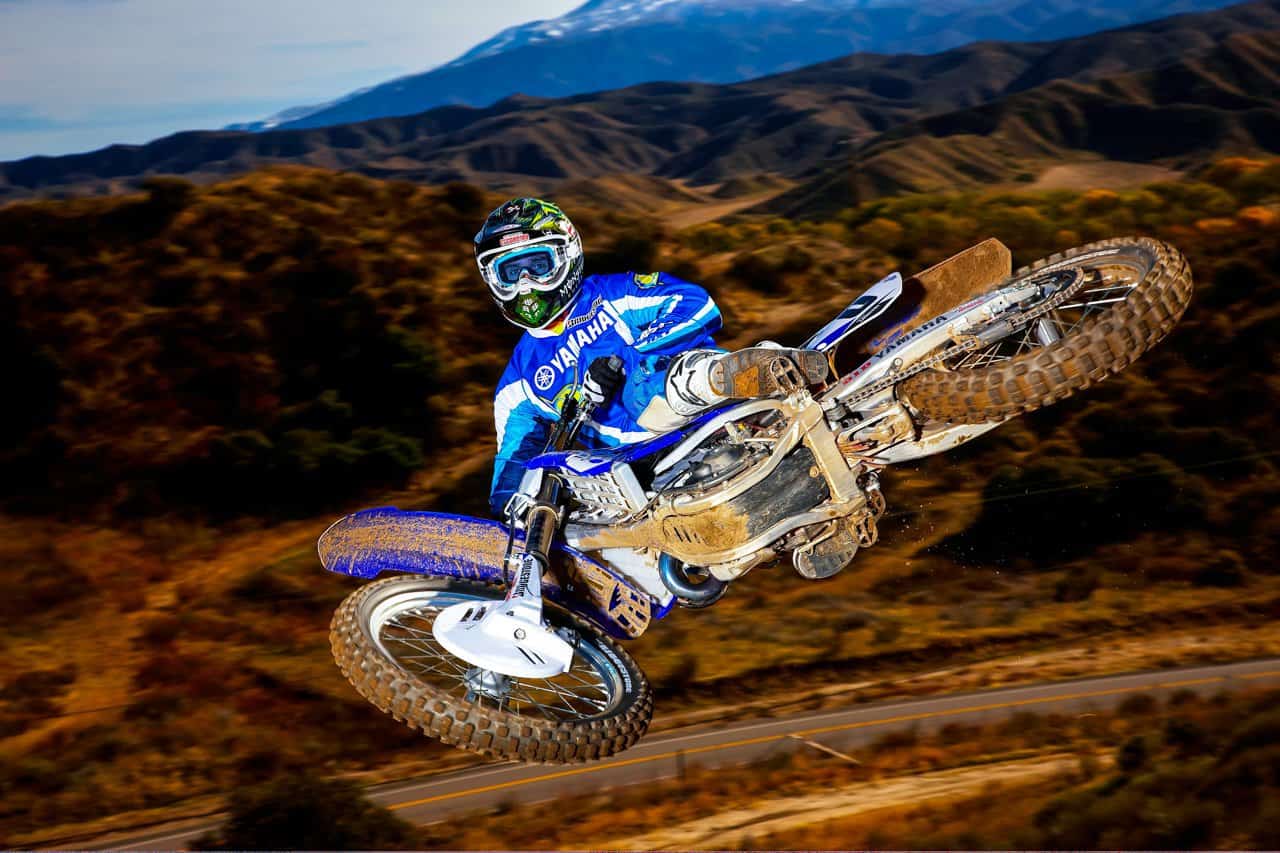 Rider: Grant Langston
Rider: Grant Langston
In 2007, Grant Langston experienced a significant milestone with his victory in the AMA 450 National Championship. His involvement in the Motocross World Championships spanned 1998 to 2000, followed by active participation in the AMA Motocross Championships from 2001 through 2008. Unfortunately, early 2008 brought a sudden twist to Grant Langston’s promising racing career. A cancerous tumor was discovered in his eye, abruptly halting his journey on the racing track.
ROOKIES JOIN THE PROS AFTER LORETTA’S
In the past, it was always Unadilla the weekend after Loretta Lynn’s that we saw rookies from the A-Class, step up to the ranks of professionals. Today we see that the riders are able to take an early look into the pro ranks before deciding to move on from amateurs. We saw Daxton Benick (241) race three AMA Outdoor Nationals before heading back to Loretta Lynn’s, where he competed in 250 Pro Sport and Open Pro Sport (A Class no longer exists). For some, they may find this as an unfair advantage as riders with proper funding may be able to gain experience in the fastest class in the world to jump back down to race amateur ranks.
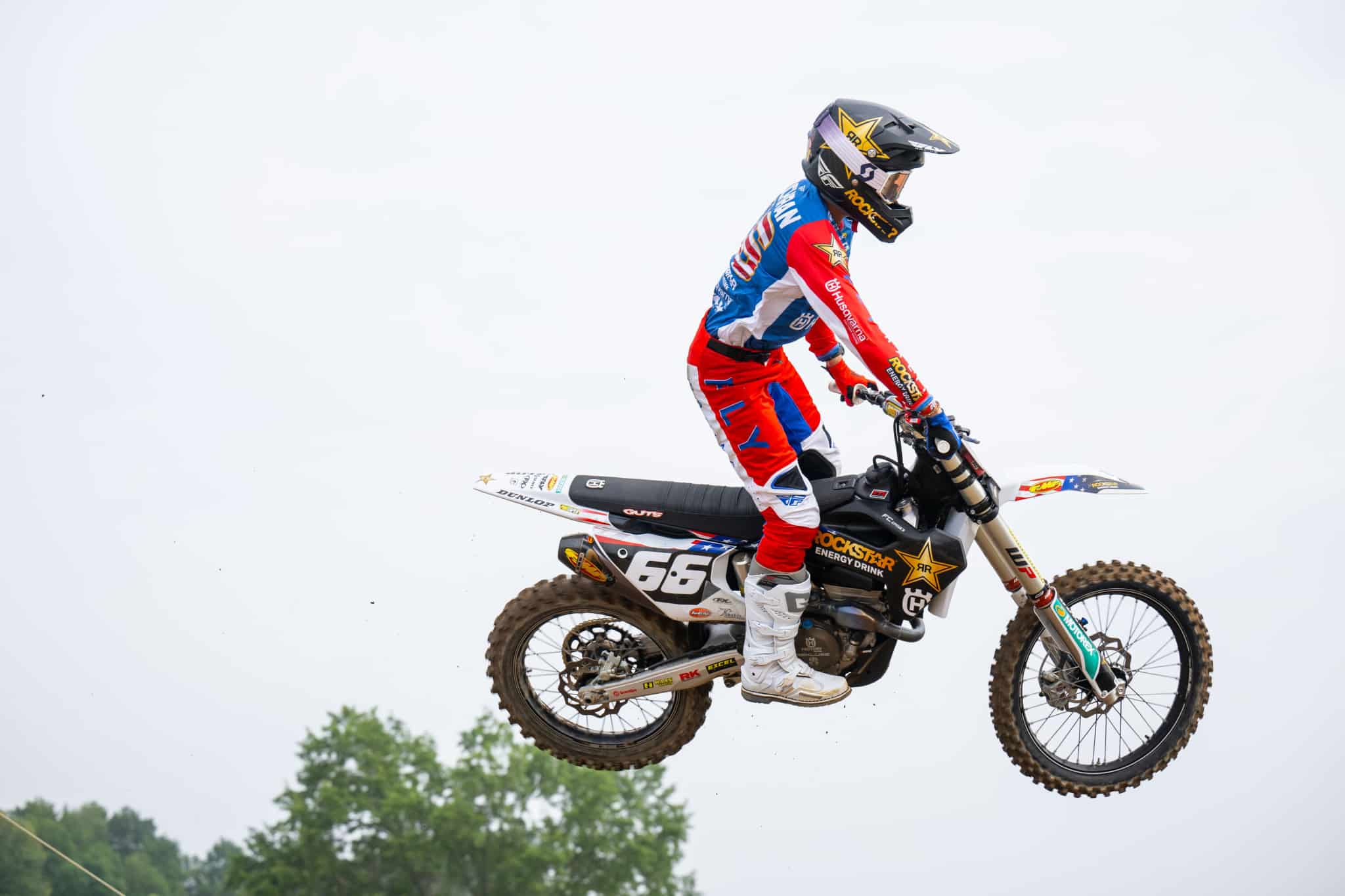 Casey Cochran (66) made his Pro debut at Budds Creek last weekend, coming directly from the B Class two weekends before at Loretta Lynn’s. After hustling to gain all his pro points in one weekend, Casey also is able to take advantage of this ruling. He will race the remaining rounds gaining experience. It will be interesting to see if he steps back for amateur events. As we saw with fellow Husquvarna Teammate Talon Hawkins, the team felt it was best to keep him in the pro ranks and not waste time moving back and forth.
Casey Cochran (66) made his Pro debut at Budds Creek last weekend, coming directly from the B Class two weekends before at Loretta Lynn’s. After hustling to gain all his pro points in one weekend, Casey also is able to take advantage of this ruling. He will race the remaining rounds gaining experience. It will be interesting to see if he steps back for amateur events. As we saw with fellow Husquvarna Teammate Talon Hawkins, the team felt it was best to keep him in the pro ranks and not waste time moving back and forth.
 Julian Beaumert (29) made the step up to the pro ranks following Loretta Lynns. The Orange Brigade KTM rider linked a deal with Red Bull KTM Factory Racing and will be the 250 rider for the 2024 season along with French rider Tom Vialle. Julian, who did not have Factory Support through amateurs but a satellite deal, did not take advantage of racing professionally prior to Loretta Lynn’s. Maybe even proving that racing Pro is not necessary to run up front in Open Pro.
Julian Beaumert (29) made the step up to the pro ranks following Loretta Lynns. The Orange Brigade KTM rider linked a deal with Red Bull KTM Factory Racing and will be the 250 rider for the 2024 season along with French rider Tom Vialle. Julian, who did not have Factory Support through amateurs but a satellite deal, did not take advantage of racing professionally prior to Loretta Lynn’s. Maybe even proving that racing Pro is not necessary to run up front in Open Pro.
EDITORS NOTE: NEW TO THE EDITORIAL TEAM, JUSTIN WILL BE WORKING ON MID WEEK REPORT. Please keep those submissions coming. If you would like your bike or info to be featured in the “Moto Spotlight,” please email me at [email protected]. All I ask is that you give a breakdown of your bike or moto info and a detailed description. Please also send a few photos of your steed. By submitting your bike or info, you agree to release all ownership rights to the images and copy them to MXA.
MXA MOTO TRIVIA

QUOTE OF THE WEEK // HUNTER LAWRENCE’S UNDERSTANDING
MXA DATA ANALYSIS
The transition from two-stroke to four-stroke engines in motocross has resulted in a noticeable alteration in track conditions, specifically in rutting. To comprehend the reasons behind this transformation, it’s important first to grasp the fundamental distinctions between these two engine types and how they influence the bike and track interaction.
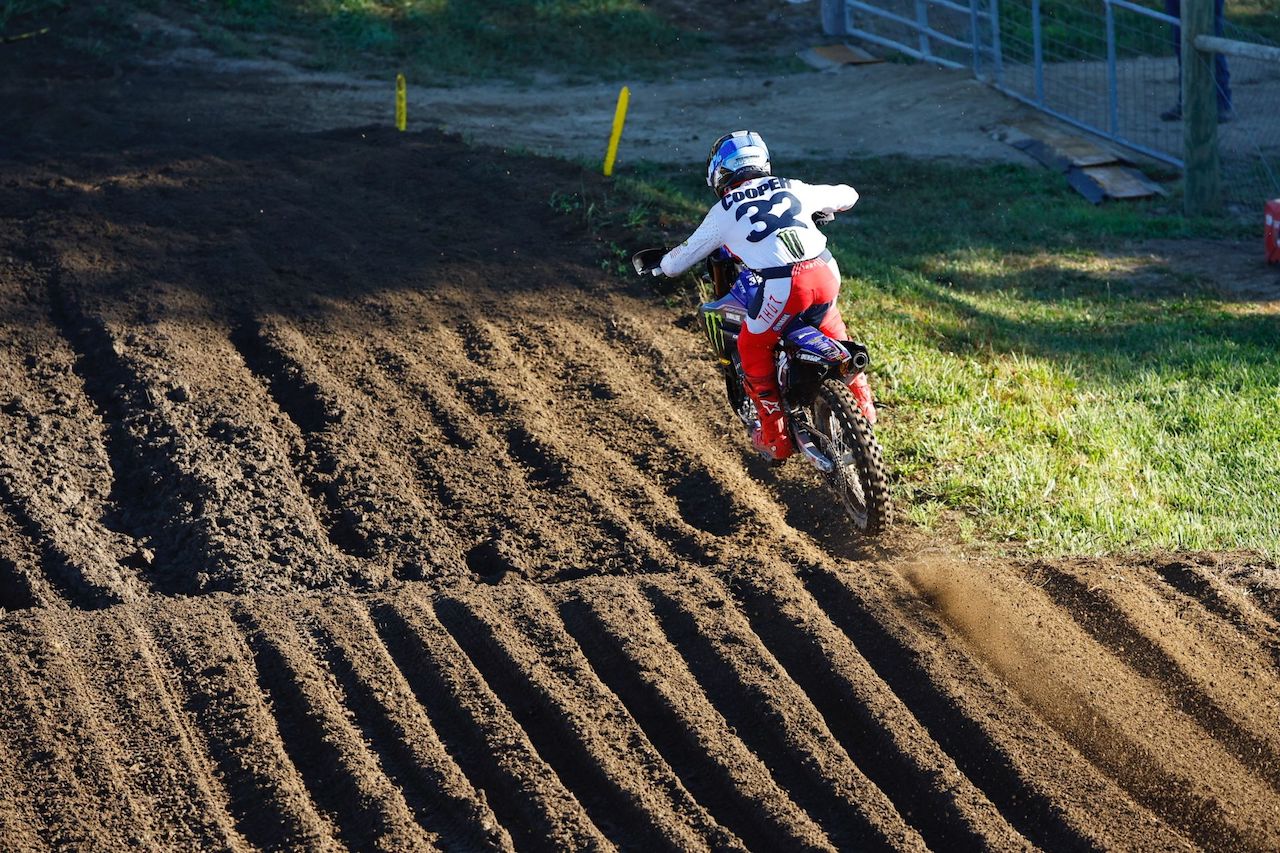 Four-strokes have been popular in motocross for several reasons. They deliver more usable power, particularly on the slower sections of the track, and a broader powerband, allowing the bike to pull longer without shifting. Also, four-stroke engines are renowned for their ability to translate power to the ground. Four-strokes possess a distinct advantage in scenarios where traction is limited, such as hard-packed dirt or within ruts. This stems from the engine’s power-producing cycle.
Four-strokes have been popular in motocross for several reasons. They deliver more usable power, particularly on the slower sections of the track, and a broader powerband, allowing the bike to pull longer without shifting. Also, four-stroke engines are renowned for their ability to translate power to the ground. Four-strokes possess a distinct advantage in scenarios where traction is limited, such as hard-packed dirt or within ruts. This stems from the engine’s power-producing cycle.
In contrast, two-stroke engines tend to deliver power abruptly, potentially causing the rear wheel to spin rather than grip, particularly when going full throttle over a bump. This can result in reduced traction and increased sliding, which might have a lesser impact on track rutting.
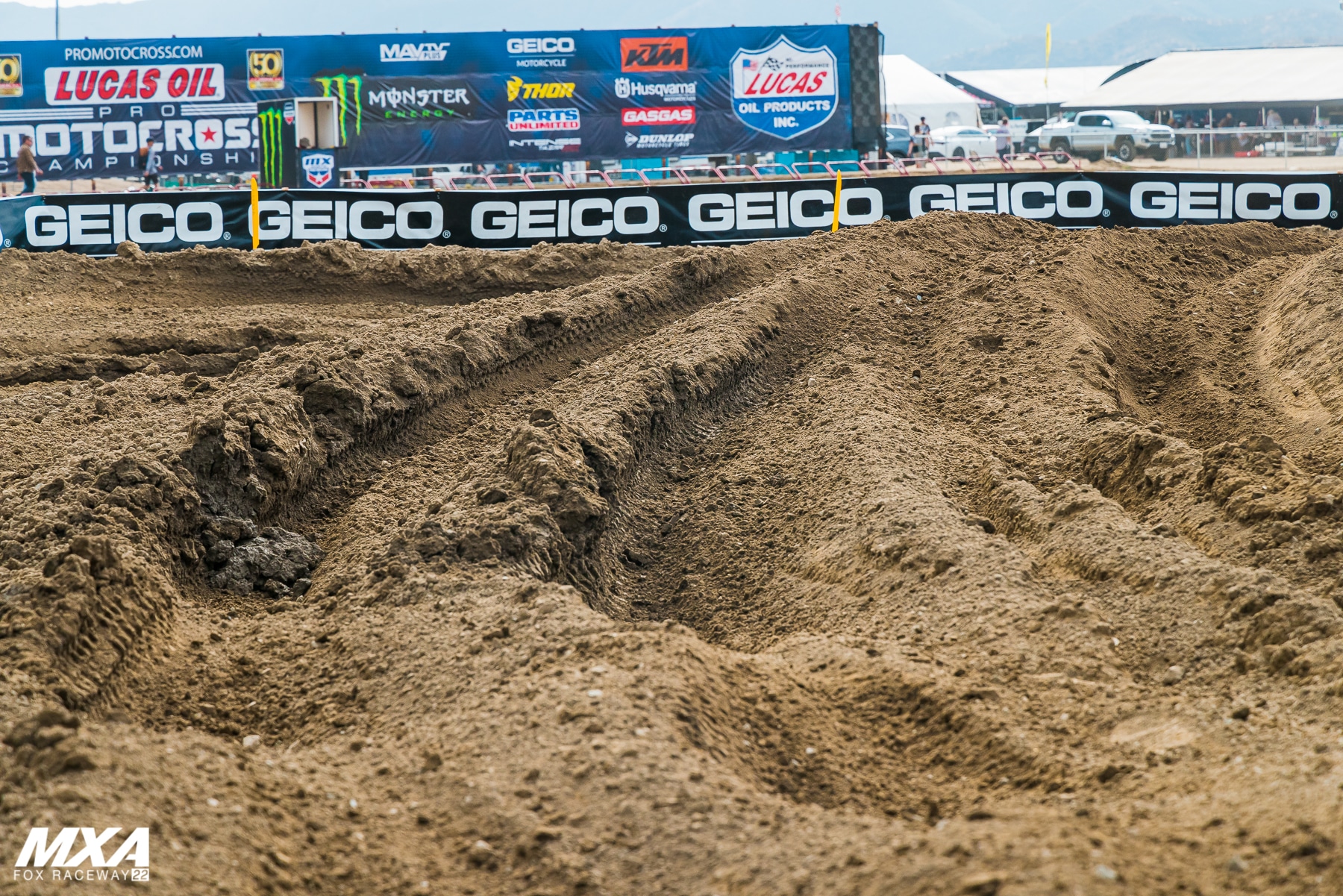 So, how does this impact the track’s condition? When a four-stroke rides the track with superior traction and torque at lower RPMs, it digs deeper into the dirt, forming deeper ruts. Conversely, two-stroke bikes, by their higher RPMs and less consistent traction, often skim the surface of the dirt, resulting in fewer pronounced ruts.
So, how does this impact the track’s condition? When a four-stroke rides the track with superior traction and torque at lower RPMs, it digs deeper into the dirt, forming deeper ruts. Conversely, two-stroke bikes, by their higher RPMs and less consistent traction, often skim the surface of the dirt, resulting in fewer pronounced ruts.
The heightened rutting observed on modern motocross tracks can be attributed to the widespread adoption of four-stroke engines. These engines offer enhanced traction compared to their two-stroke counterparts. Is this a reason we’re seeing more injuries on track? Or is it safer at slower speeds?
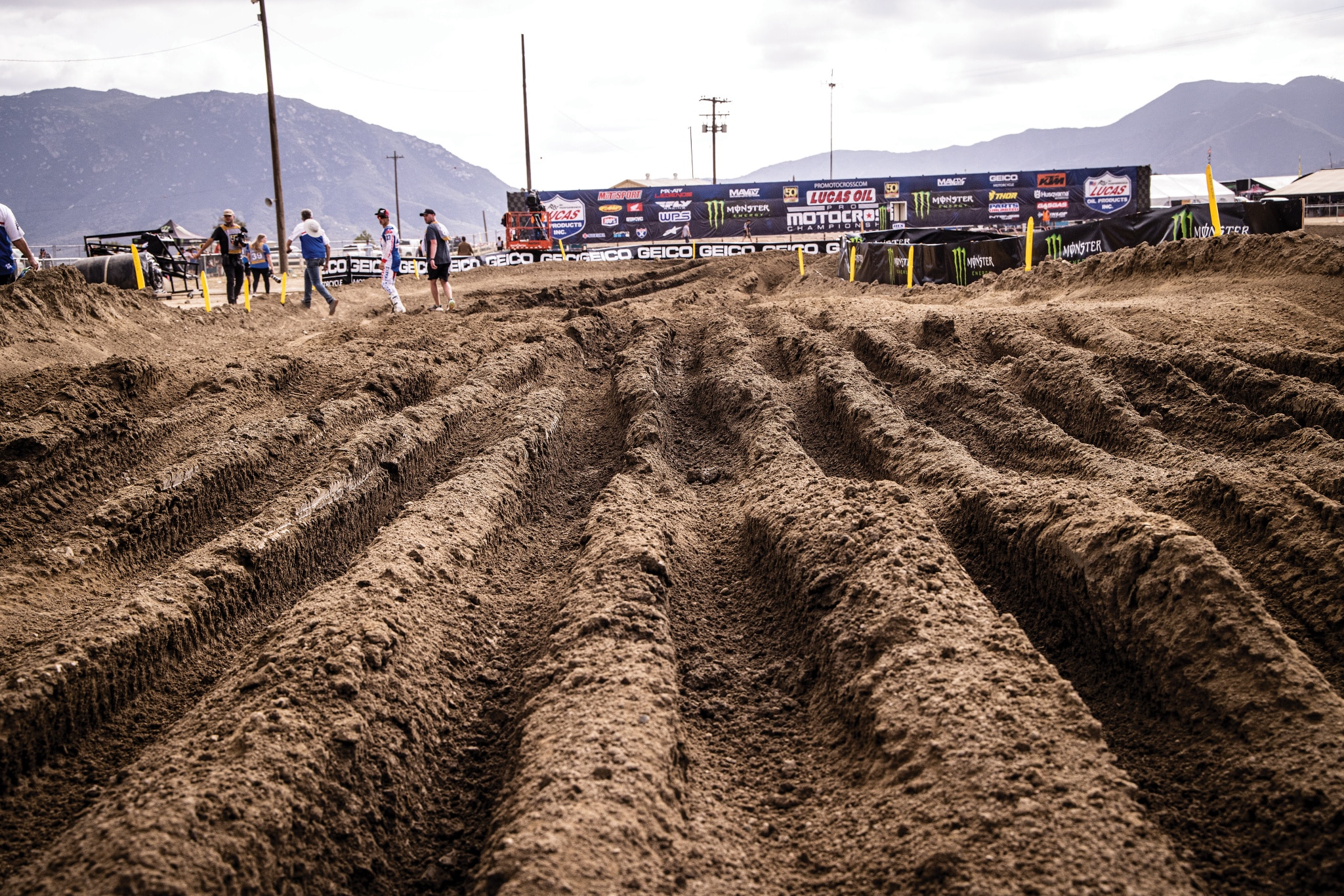
IRONMAN ROUND 11 GIVEAWAY // SPONSORED BY PHOENIX
MXA is partnering with Fantasizr to do an 11-round Pro Motocross Fantasy League where the fan with the most points at the end of the season will win a 2024 Beta 300 two-stroke with a bolt on FMF pipe and silencer! Each player will get a budget of $50,000 to pick 6 riders (three 250 and three 450) each round. To add to that, we will be giving out prizes each round to the fan who scores the most points! We have prizes from Nue Tech, O’Neal, Maxxis, Wiseco, MotoMuck, Boxo Tools, Ride Engineering, Acerbis, Viral Goggles, FMF, Guts, Blud, Phoenix Handlebars and Funnel Web Filter. As an added bonus just for creating a team, we will send you a 25% discount code to BLUD lubricants. Click HERE to sign up now.
Round 11 // August 26th: Ironman National // Sponsored by Phoenix Handlebars
Stephan Roncada, accelerating down the infamous “Muddy Straight” at Glen Helen Raceway, 2002.
MXA Trivia answer: The Answer Is Jammin’ Jimmy Weinert.


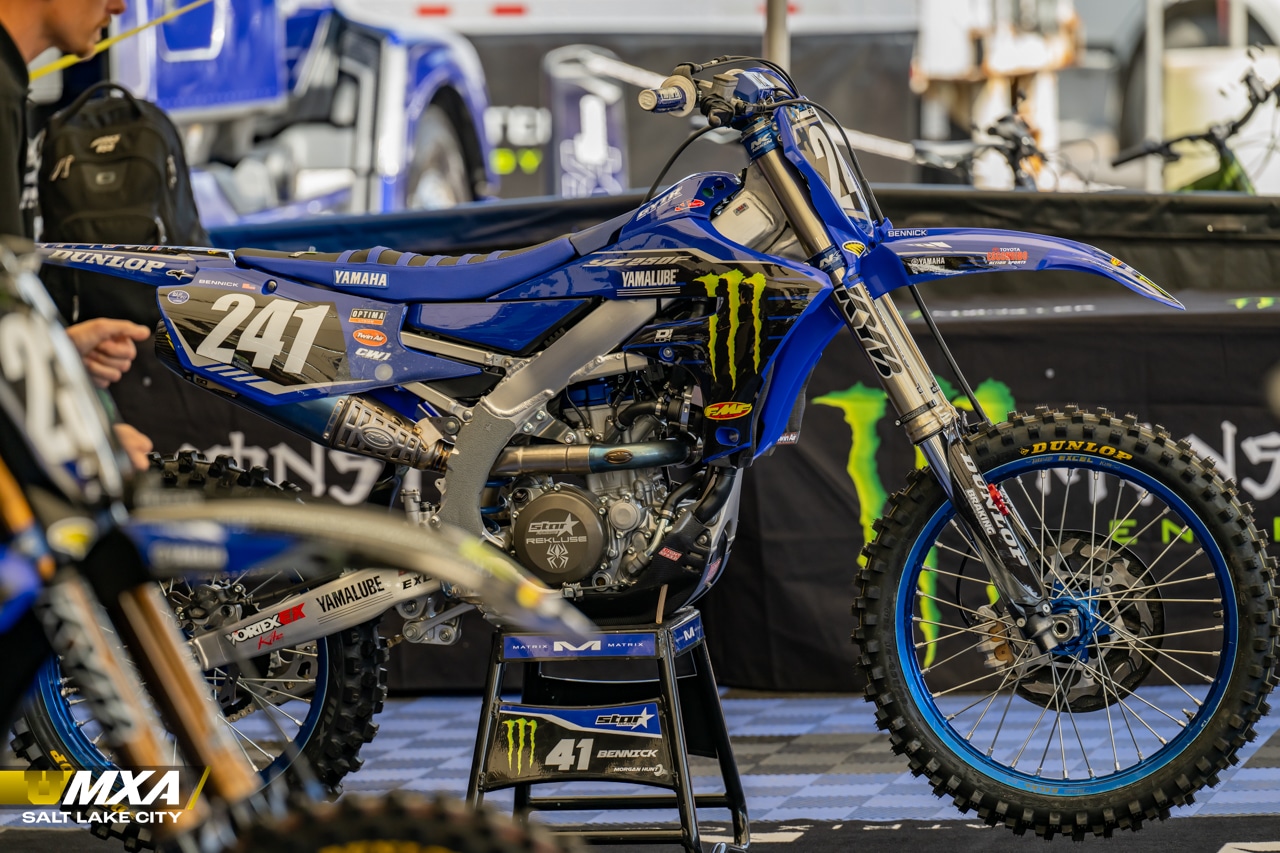
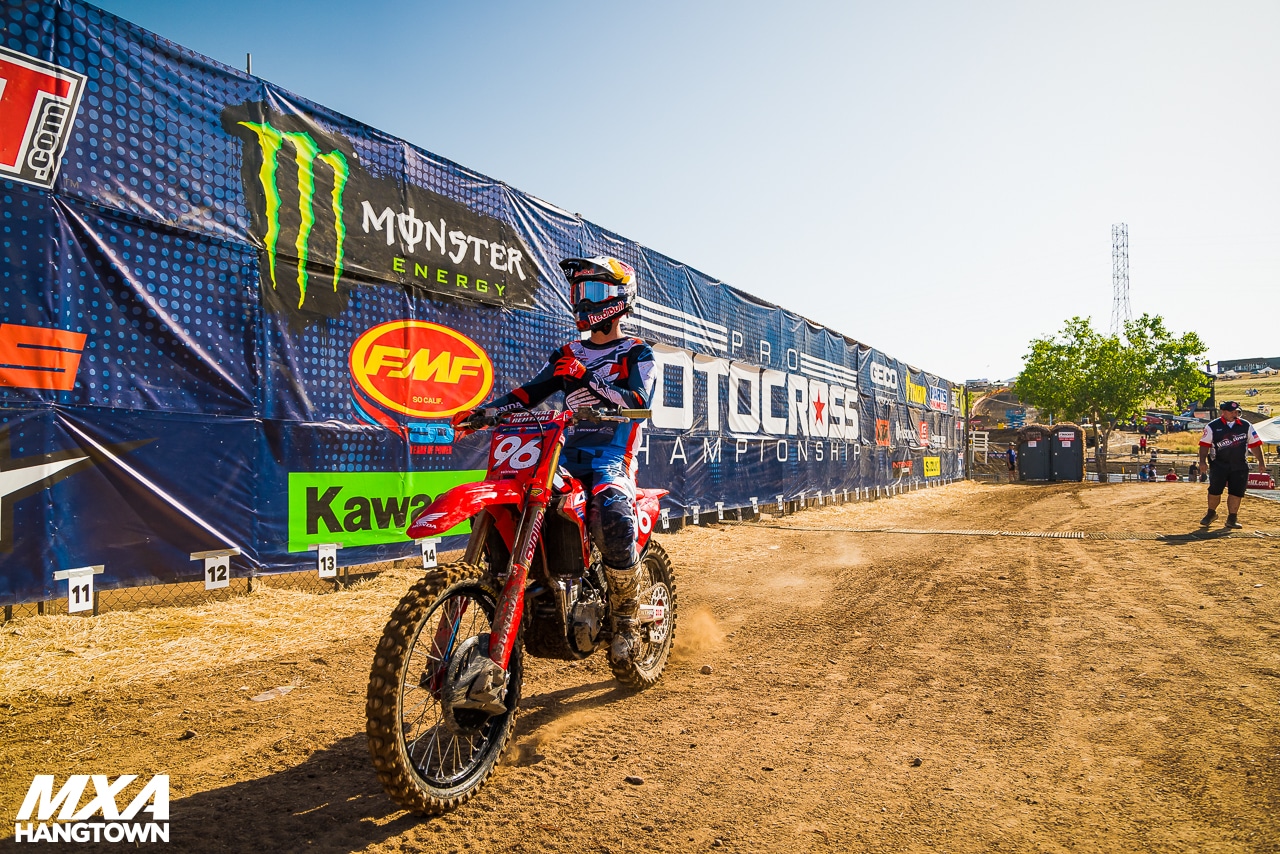


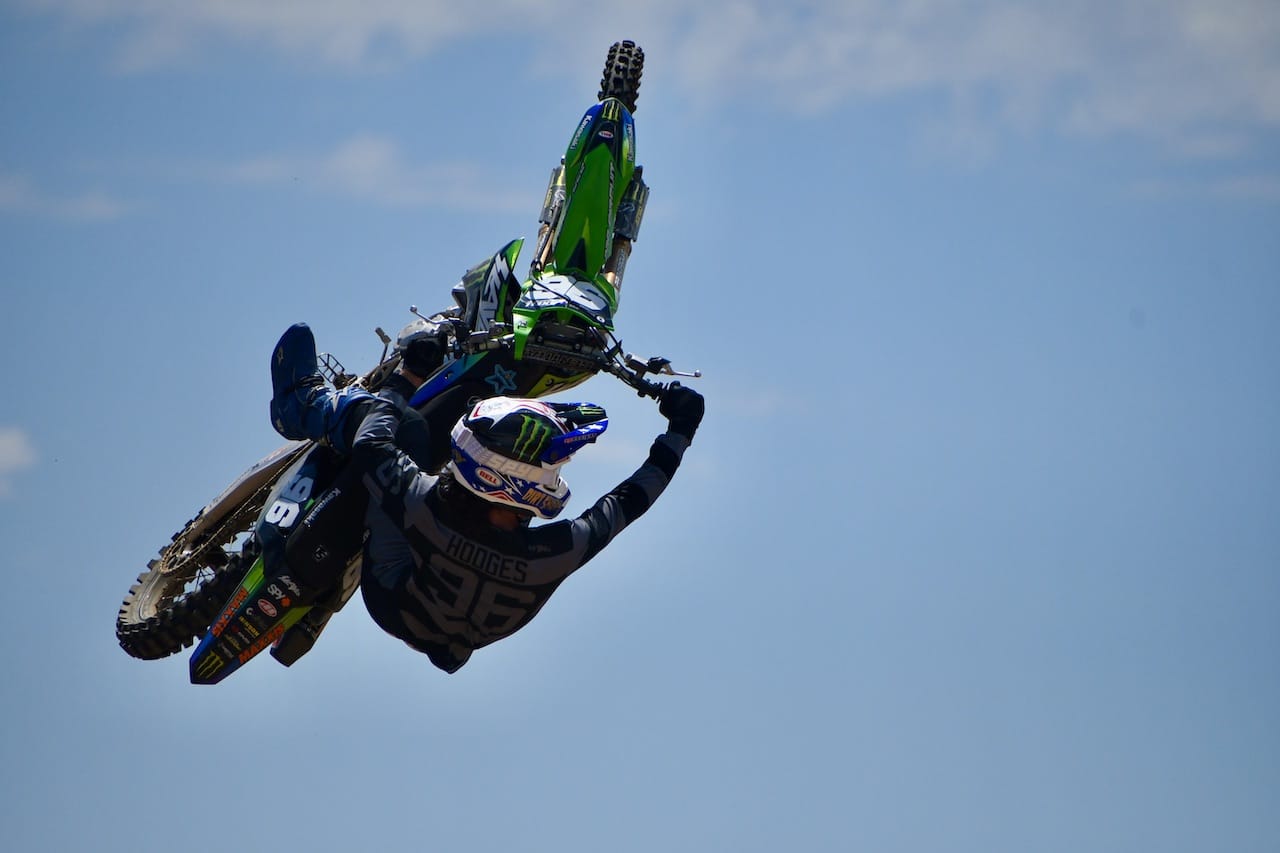
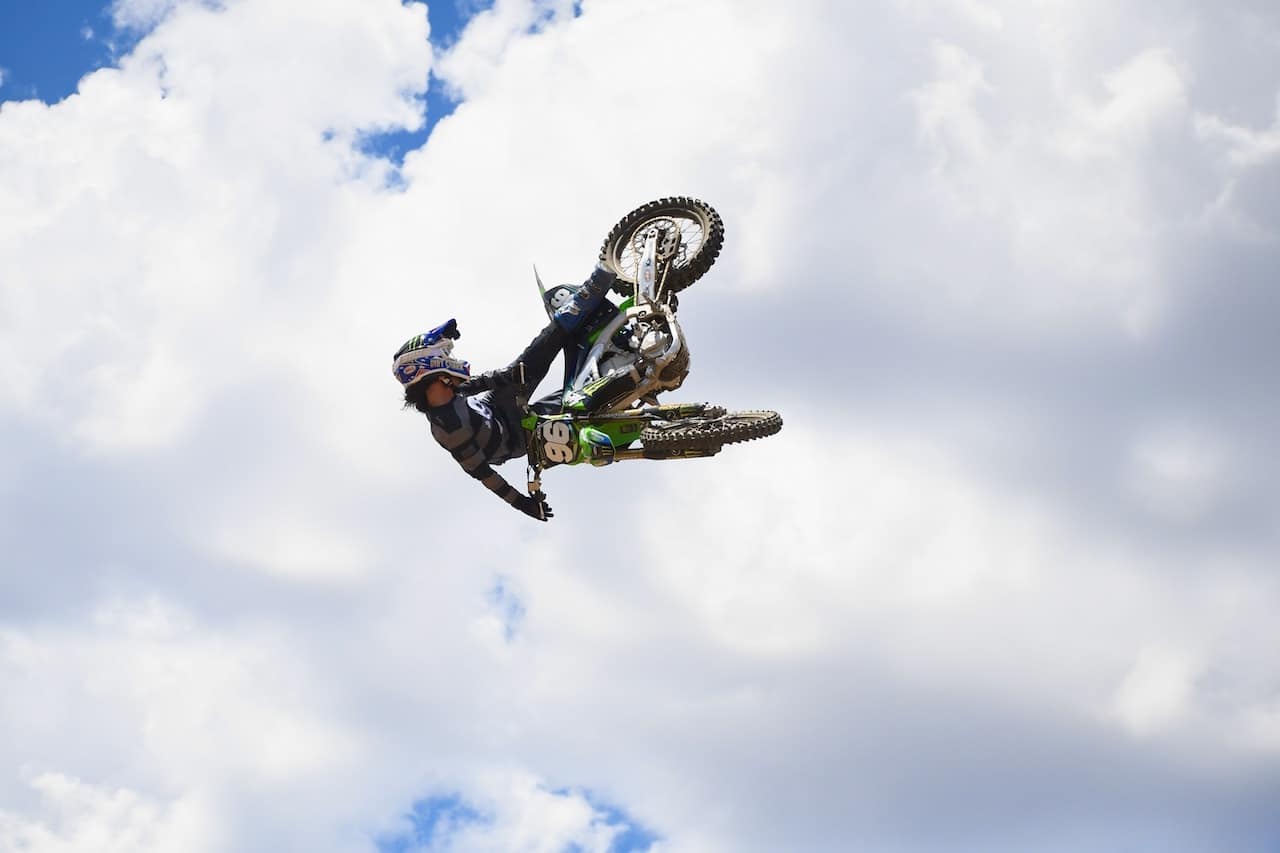
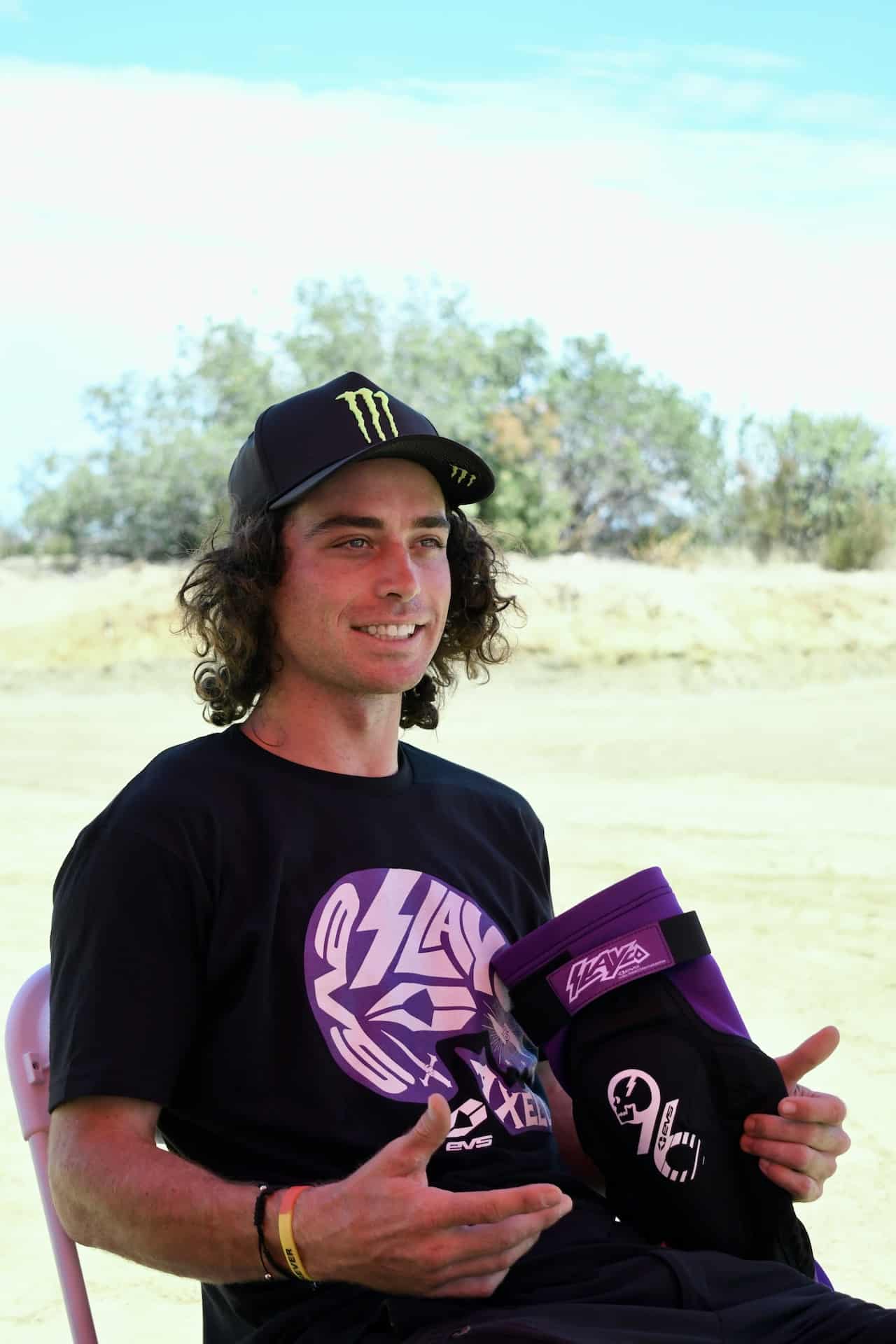
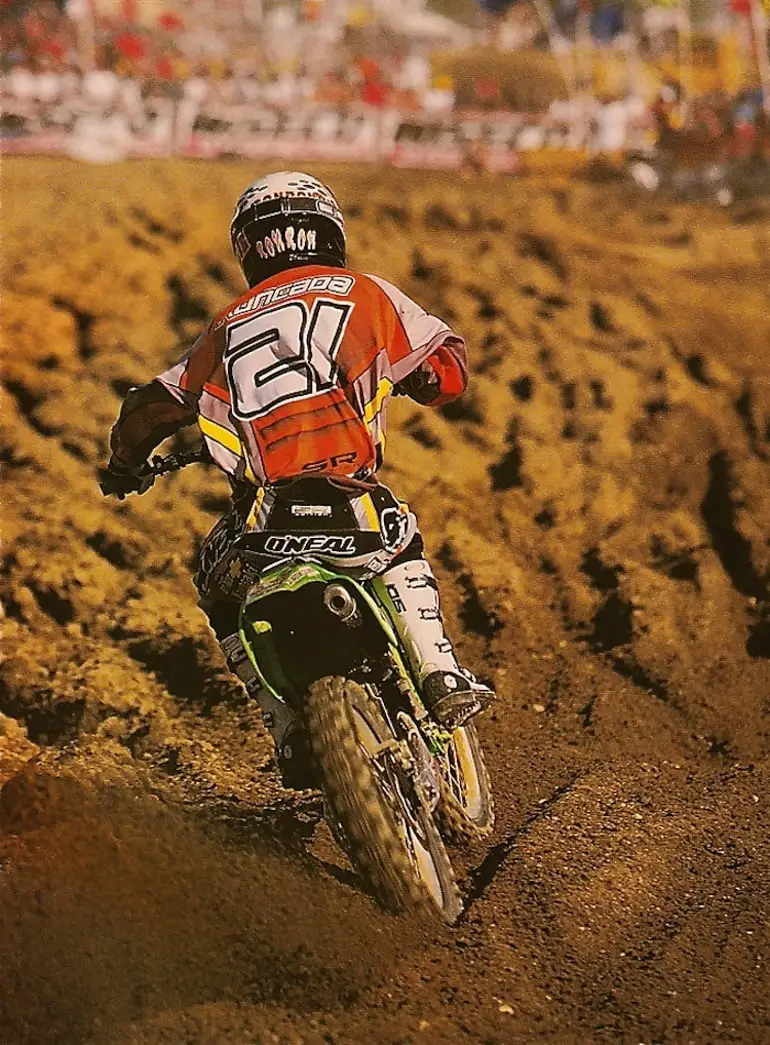



Comments are closed.